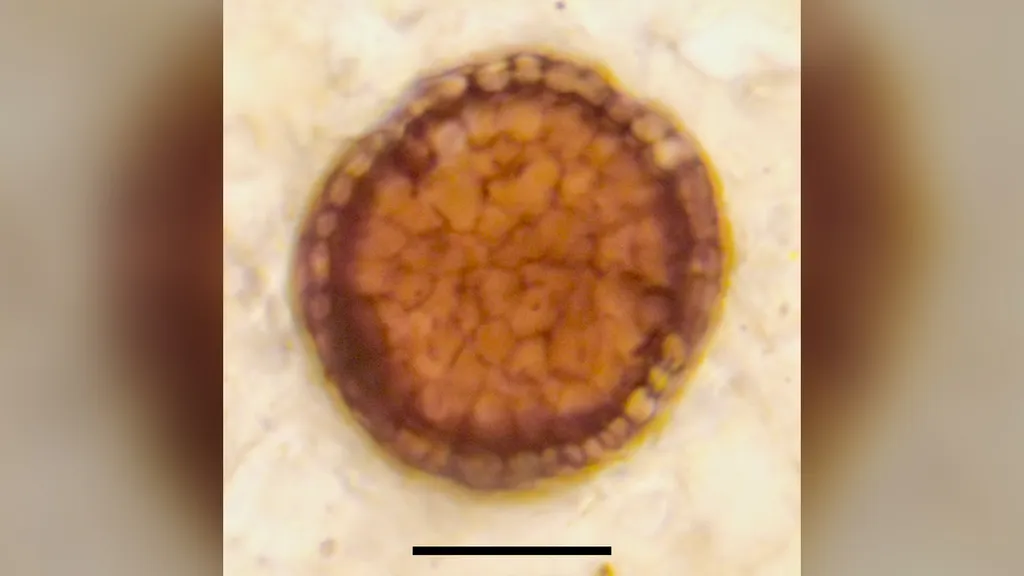News Desk

In a new article published in the journal Bioacoustics, primatologist and UCLA anthropology graduate student Sasha Winkler and UCLA professor of communication Greg Bryant take a closer look at the phenomenon of laughter across the animal kingdom.

Italian archaeologists have unearthed the bones of nine Neanderthals who were allegedly hunted and mauled by hyenas in their den about 100km south-east of Rome.

Evidence seems to be mounting for a geologically and volcanically active Mars. A new, close study of volcanic features on the surface of the red planet has found that a lava deposit on the Elysium Planitia appears to be very recent indeed – as in, within the last 50,000 years.

Scientists have discovered a rare evolutionary “missing link” dating to the earliest chapter of life on Earth. It’s a microscopic, ball-shaped fossil that bridges the gap between the very first living creatures — single-celled organisms — and more complex multicellular life.

For millennia, humans in the high latitudes have been enthralled by auroras—the northern and southern lights. Yet even after all that time, it appears the ethereal, dancing ribbons of light above Earth still hold some secrets.

Fields of rust-colored soil, spindly cassava, small farms and villages dot the landscape. Dust and smoke blur the mountains visible beyond massive Lake Malawi. Here in tropical Africa, you can’t escape the signs of human presence. How far back in time would you need to go in this place to discover an entirely natural environment?

Vancouver-based company Halugen has recently launched a genetic test that purportedly screens for genetic variants influencing how a person may respond to certain psychedelic drugs. But some researchers are skeptical there is any evidence to suggest genetic screening can predict how a person will response to psychedelics.

‘Quite spectacular’ discovery shows three-year-old child was carefully laid to rest nearly 80,000 years ago.

The Brazilian Amazon released nearly 20 percent more carbon dioxide into the atmosphere over the last decade than it absorbed, according to a stunning report that shows humanity can no longer depend on the world’s largest tropical forest to help absorb human-made carbon pollution.

In an important step toward medical approval, MDMA, the illegal drug popularly known as Ecstasy or Molly, was shown to bring relief to those suffering from severe post-traumatic stress disorder when paired with talk therapy.

We reveal some of the ways that planet Earth has been changing against the backdrop of a warming world. Here, we look at the effects of global heating on Victoria Falls, one of the natural wonders of the world – and how Sub-Saharan Africa is learning to cope with the climate crisis.

Researchers have discovered the world’s first-known pregnant mummy, dating from the first century in Egypt. The find was unexpected, as inscriptions on the mummy’s coffin suggested the remains inside belonged to a male priest, according to a new study.

Dozens of black and red hand prints cover the walls of a cave in Mexico, believed to be associated with a coming-of-age ritual of the ancient Maya, according to an archeologist who has explored and studied the subterranean cavern.
Image from: Canon in 2D (Wiki Commons)

Thousands of monumental structures built from walls of rock in Saudi Arabia are older than Egypt’s pyramids and the ancient stone circles of Britain, researchers say – making them perhaps the earliest ritual landscape ever identified.

Archeologists have learned a lot about our ancestors by rummaging through their garbage piles, which contain evidence of their diet and population levels as the local flora and fauna changed over time.

Indigenous Australians have long pointed out that their ancestors have lived on and cared for this continent since time immemorial. Hampered by entrenched misconceptions and outdated curricula, it’s only in recent decades – with discoveries like Mungo Man and Mungo Lady – that science has started to catch up.








